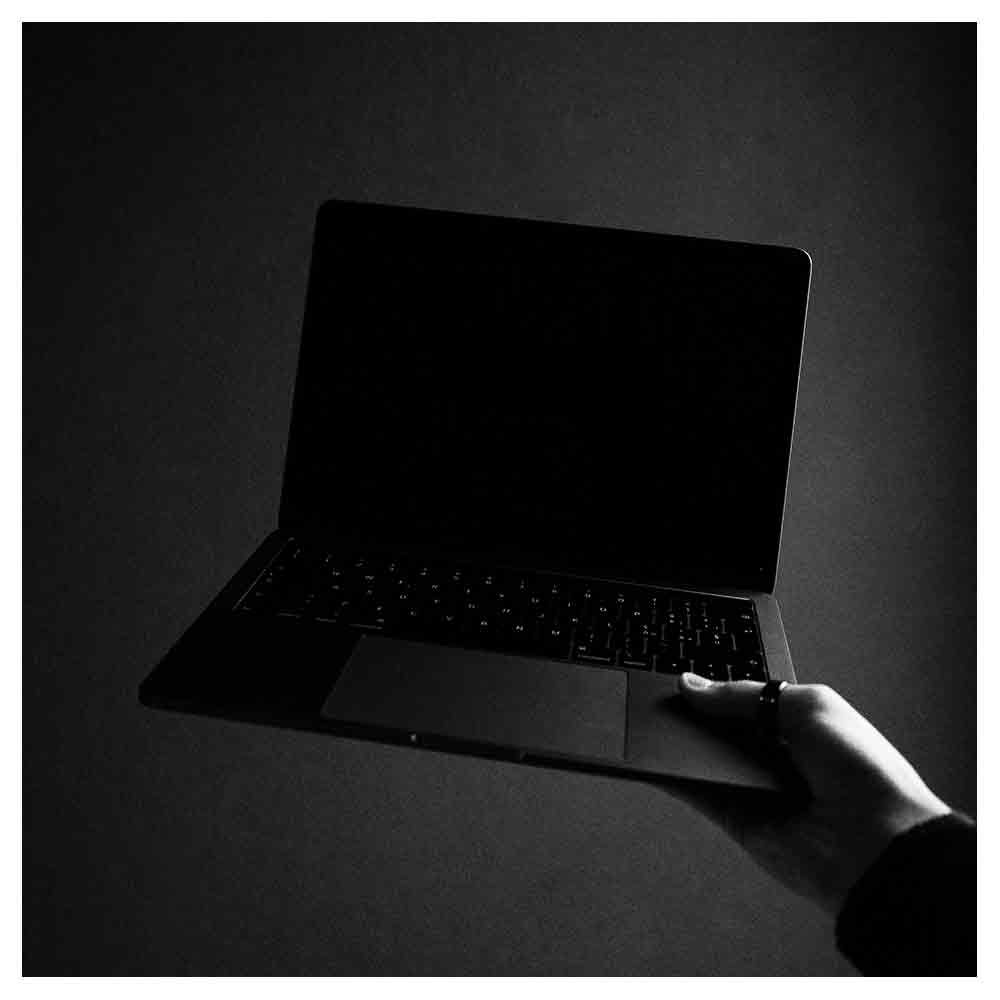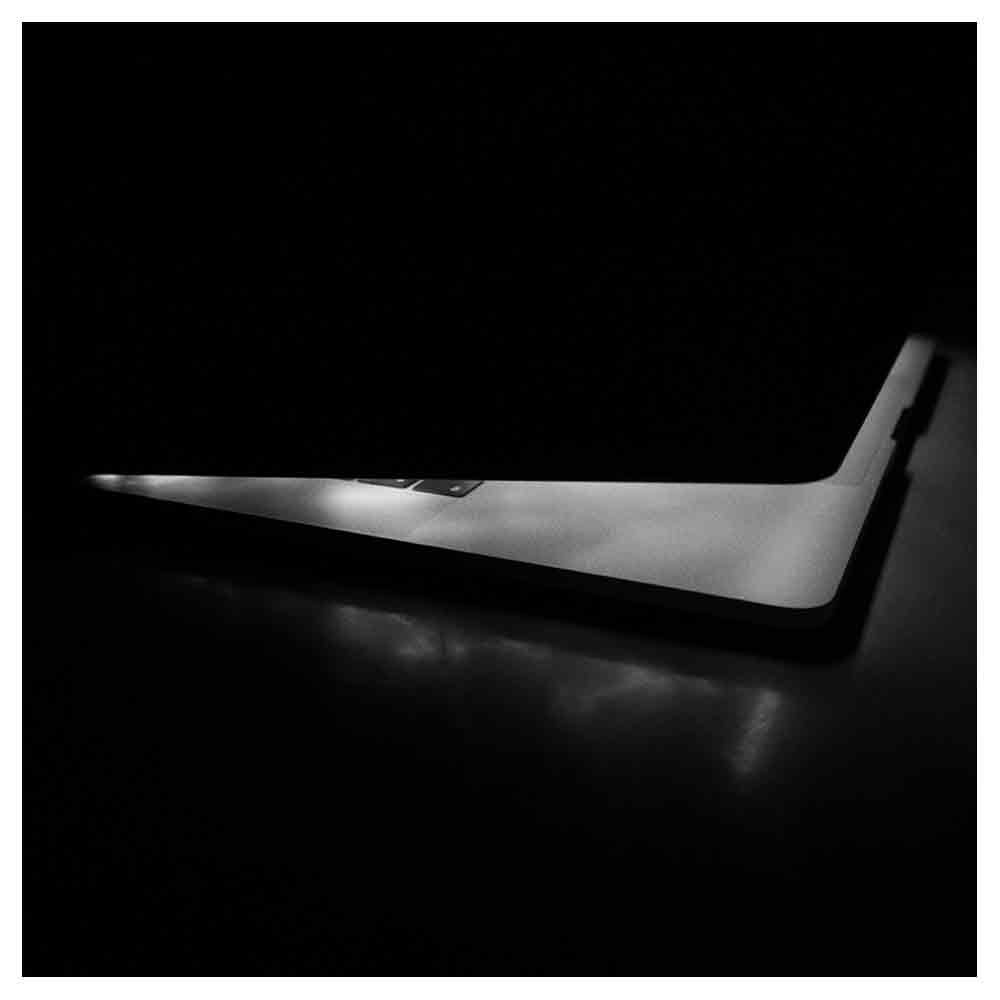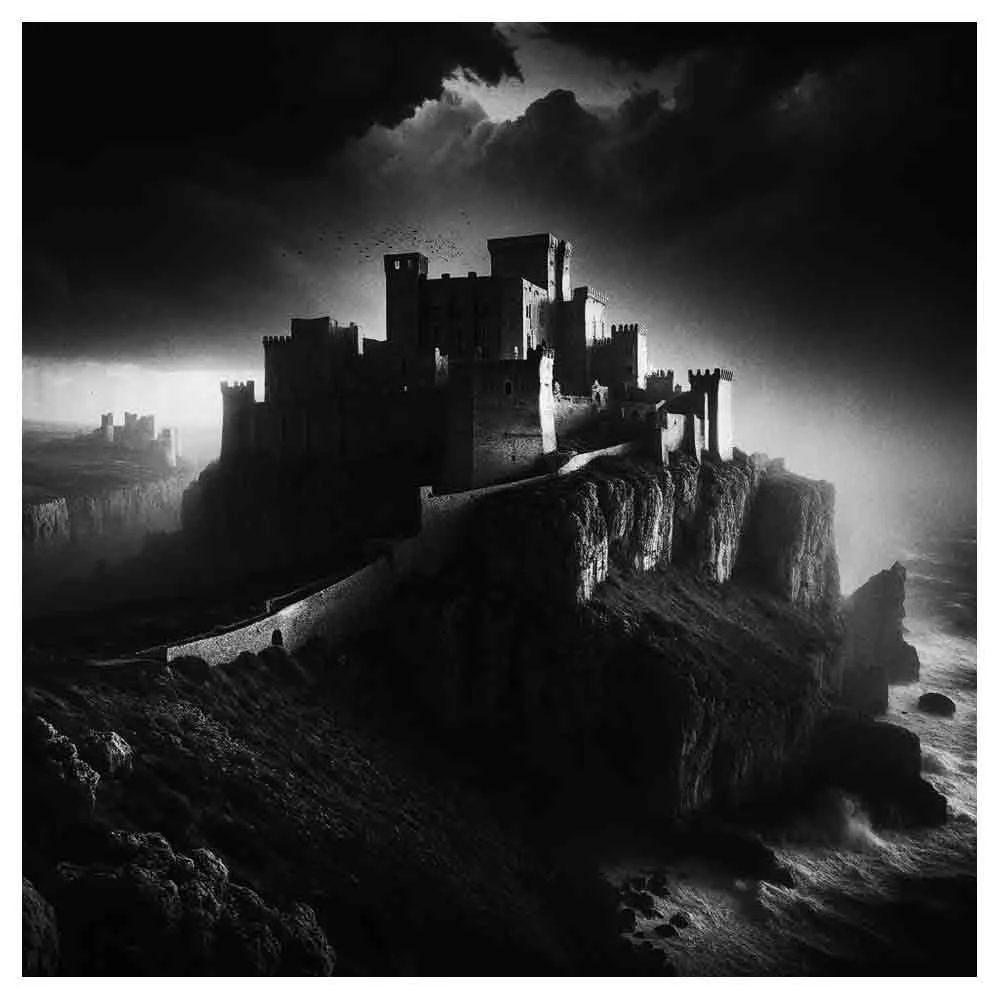49+ Creative Mise en Scène Ideas for Filmmakers
Have you ever wondered how the masters of cinema like Wes Anderson draw audiences into their worlds, making every frame a feast for the senses?
At the heart of this magic is the art of mise en scène, a term that sounds as intricate as the concepts it encompasses. Mise en scène refers to arranging everything you see on screen—the actors, lighting, décor, costumes, and more.
It's the visual storytelling backbone of narrative cinema, transforming a two-dimensional screen into a living, breathing world. From the strategic placement of a camera to the choice of film stock, every element in a scene works together to convey mood, character, and story.
Whether you're a seasoned director, a fresh film school graduate, or a production designer looking to leave your mark on the visual arts, mastering mise en scène is crucial. In this blog, we dive into 49+ creative mise en scène ideas that promise to inspire filmmakers, writers, and storytellers alike.
We'll explore how the subtle interplay of light and shadow, the thoughtful composition of actors on stage, and the meticulous design of settings can transform your film production from ordinary to extraordinary.
A long list of Mise en scène ideas
1. In a scene depicting the early stages of a friendship, use a split-screen technique where each character is in their own vibrant, contrasting color space, slowly merging to a shared, harmonious color palette as their relationship strengthens.
2. For a dramatic confrontation, employ extreme low-angle shots with stormy skies overhead, emphasizing the characters' emotional turmoil and the intensity of their conflict.
3. Create a dream sequence using soft-focus lenses and a surreal, pastel color palette, with elements like floating props or characters moving in slow motion to enhance the ethereal mood.
4. In a story about isolation, use wide, empty spaces around a single character in vast, echoing rooms or landscapes to visually represent their loneliness and detachment.
5. For a nostalgic flashback, switch the film stock to Super 8 or apply a grainy, sepia-toned filter coupled with period-appropriate costumes and props to transport the audience back in time.
6. In a thriller, use shadows and silhouettes against stark, high-contrast lighting to create suspense and mystery, hiding the villain's identity or revealing it in dramatic reveals.
7. Highlight a character's dual nature by using mirrors or reflective surfaces in the scene, showing their real self on one side and their hidden persona on the other.
8. For an epic journey, employ sweeping drone shots that follow the main character across diverse landscapes, emphasizing the vastness of their quest and the challenges ahead.
9. Create a sense of disorientation in a psychological thriller by using Dutch angles and unsettling, asymmetrical compositions that reflect the protagonist's unstable mental state.
10. In a romance, use the golden hour's natural lighting for key moments, casting a warm, soft glow on the characters to enhance the feeling of love and connection.
11. Depict a character's transformation by gradually shifting the style of their surroundings from monochromatic and orderly to vibrant and chaotic, mirroring their internal change.
12. For a scene of introspection, employ close-ups with shallow depth of field, focusing on the character's face while the background blurs into abstraction, highlighting their isolation and contemplation.
13. In a period piece, meticulously recreate the era's ambiance with authentic set designs, costumes, and props, down to the smallest detail, to fully immerse the audience in the time period.
14. Use rain, whether real or artificial, to amplify the emotional weight of a scene, symbolizing cleansing, despair, or renewal, depending on the context and accompanying music or silence.
15. For a character's moment of realization, employ a dolly zoom effect, visually distorting the space around them to focus on their sudden epiphany or shock.
16. Create a visually striking motif by repeating a specific color, object, or symbol throughout the film to signify an important theme or the presence of a particular character.
17. In a mystery, use intricate shadow play to reveal clues or red herrings, drawing the audience's attention to subtle details that are significant to the plot's unraveling.
18. Emphasize a power imbalance in a dialogue scene by placing one character at a higher level than the other, using staircases, chairs, or positioning to convey dominance visually.
19. For a futuristic setting, incorporate holographic displays and neon lighting in the mise en scène, creating a tech-savvy environment that reflects advanced technology and artificial ambiance.
20. In a comedy, exaggerate spatial relationships and props for humorous effects, such as characters navigating ridiculously small cars or oversized furniture, playing with proportions to enhance the humor.
21. Highlight a character's isolation in a crowded scene by using a spotlight effect, dimming the surrounding area and focusing the light solely on them amidst a sea of people.
22. Use the changing seasons to visually represent the passage of time in a character's journey, with the mise en scène evolving from spring's vibrant colors to winter's barrenness.
23. In a heist film, use precise, geometric compositions and symmetry to reflect the planning and precision of the heist, with the mise en scène mirroring the characters' meticulousness.
24. Create a sense of claustrophobia and entrapment by employing tight, enclosed spaces with low ceilings and cramped framing, making the audience feel the character's confinement.
25. For a tale of adventure, incorporate dynamic shots that mimic the characters' movements, using handheld or Steadicam work to bring the audience along for the ride.
26. Depict a character's descent into madness with a chaotic, disordered mise en scène, where previously orderly environments become cluttered and distorted, reflecting their unraveling psyche.
27. In a film about creativity, use vibrant, unexpected color schemes and whimsical props to create a visually stimulating environment that reflects the protagonist's imaginative mind.
28. For a farewell scene, employ a long, unbroken take that follows the characters as they leave, allowing the audience to feel the weight of the departure without the interruption of cuts.
29. Highlight a character's inner turmoil by juxtaposing their calm, composed appearance against a turbulent, stormy backdrop, using the weather to symbolize their emotional state.
30. In a narrative focusing on a journey back home, use progressively warmer, more inviting lighting and familiar, comforting set elements as the character nears their destination, visually representing their return to safety and love.
31. For a scene depicting technological control or surveillance, integrate screens displaying real-time footage and blinking lights into the background, creating a cold, impersonal atmosphere that underscores themes of observation and power.
32. Emphasize a character's rebirth or new beginning by incorporating elements of nature, such as flowers blooming or sunrise, into the mise en scène, symbolizing hope and renewal against the backdrop of their transformation.
33. In a story about rivalry, use contrasting color schemes to visually differentiate between the opposing characters or factions, with each side represented by a distinct palette that reflects their ideology or personality.
34. For an intimate conversation, position the characters in a tight, enclosed space like a car or a small room, using the closeness to heighten their exchange's intensity and emotional depth.
35. Depict a society's culture and traditions through detailed set decorations, costumes, and props specific to the portrayed community, enriching the narrative with authenticity and depth.
36. In a film exploring memory, blur the lines between past and present using translucent screens or overlays that superimpose historical elements over current scenes, visually representing the intertwining of time periods.
37. Highlight a character's struggle against societal norms by placing them in stark, uniform environments that contrast with their vibrant, unique appearance or behavior, visually isolating them from their surroundings.
38. For a scene of liberation or escape, use wide, open landscapes with expansive skies to symbolize freedom, contrasting with previous scenes set in restrictive, enclosed locations.
39. Create a sense of foreboding or doom by gradually darkening the lighting and shifting to cooler color temperatures, subtly signaling the approach of danger or the narrative's climax.
40. In a story of unrequited love, use physical barriers like windows, doors, or fences in the composition to visually separate the lovers, emphasizing the emotional and physical distance between them.
41. Depict a character's meticulous nature through an obsessively organized and symmetrical mise en scène, with every item in their environment perfectly in place, reflecting their need for control.
42. For a narrative involving time travel, differentiate between eras using distinct lighting styles, color palettes, and set designs, making each time period visually unique and instantly recognizable.
43. Highlight a character's alienation in a bustling city by using high overhead shots that reduce individuals to mere specks among the urban sprawl, emphasizing their insignificance and isolation.
44. In a fantasy setting, blend practical set pieces with digital effects to create magical environments that captivate the audience, using imaginative designs that push the boundaries of the ordinary.
45. For a character facing internal conflict, mirror their turmoil through the mise en scène by incorporating elements that are in disarray, such as overturned furniture or storm-damaged landscapes, as a metaphor for their internal chaos.
46. Emphasize a theme of duality or conflict within a character by using lighting to cast half their face in shadow while the other half is illuminated, visually representing their internal struggle between opposing forces.
47. In a coming-of-age story, use evolving set designs that reflect the protagonist's growth, transitioning from childlike, whimsical elements to more mature, subdued decorations as they navigate their journey to adulthood.
48. Create a sense of community and belonging in a narrative by using scenes with communal spaces, like shared meals or gatherings, where the warm lighting and close-knit composition convey a feeling of unity and support.
49. For a tale of exploration or discovery, use a handheld camera to follow the characters closely through unknown environments, making the audience feel like they are part of the adventure and experiencing the wonder firsthand.
50. Depict the climax of a story with a dramatic change in the mise en scène, such as a sudden storm, an earthquake, or an explosion, using these elements to visually and physically manifest the narrative's turning point, driving home the impact of the story's peak moments.
Conclusion
Mise en scene is not just a French term to dazzle film studies students; it's the soul of cinematic expression, where every element on the stage—or, in this case, the screen—plays a pivotal role.
From the deliberate choice of film stock to the meticulous designs set by production designers and from the strategic camera placement to the transformative power of high-key and low-key lighting, each decision crafts the narrative's visual presentation.
As filmmakers, actors, or enthusiasts in the visual arts, let these ideas inspire you to push the boundaries of your creative vision, making every shot a testament to the power of mise en scène in narrative cinema.
Frequently asked questions about mine en scène (FAQs)
What is Mise en Scène?
Mise en scène is a French term meaning "placing on stage." Filmmaking and the visual arts refer to arranging everything that appears in the framing – actors, lighting, décor, props, costume – to tell a story. It's an essential aspect of visual storytelling, shaping the visual presentation and mood of the scene.
How Does Mise en Scène Enhance Narrative Cinema?
Mise en scène analysis reveals how particular scenes use visual elements to enhance narrative. By carefully selecting and arranging these elements, filmmakers can direct the audience's attention, convey subtext, and deepen the story's emotional impact.
What are the Key Components of Mise en Scène?
Set Design: The environment where the action unfolds. Production designers and set designers collaborate to create spaces that reflect the film's world.
Lighting: From high-key lighting that floods the scene with light to low-key lighting for shadows and contrast, lighting design significantly affects the mood and tone.
Costume and Prop Design: Every item an actor interacts with or wears contributes to the character's believability and the scene's authenticity.
Composition and Camera Placement: The framing of a shot and the camera's position relative to the action can influence how the audience perceives a scene.
Can Mise en Scène Transform Actors' Performances?
Absolutely. The elements of mise en scène create the world the actors inhabit. The right set, costume, and lighting can help actors transform, adopting the nuances of their characters more believably.
The visual and atmospheric elements surrounding the actors can deeply affect performance styles.
How Important is Mise en Scène in Film Production?
Mise en scène is one of the most important aspects of film production, deeply intertwined with cinematography, directing, and production design.
It's a collaborative effort that requires input from nearly every department, from the location manager to the costume designer, to create a cohesive visual style.
Who Are Some Directors Known for Their Mise en Scène?
Wes Anderson is renowned for his meticulous mise en scène, characterized by a distinctive color palette, symmetrical compositions, and detailed set designs.
His signature style draws attention to the art form, making each frame a masterpiece of visual storytelling.
How Does Mise en Scène Differ in Film vs. Theatrical Productions?
While both mediums rely on mise en scène for visual storytelling, the film offers more control over shot composition, camera placement, and editing.
In contrast, theatrical productions must consider the audience's static viewpoint, focusing more on lighting, stage design, and actors' movements to convey the narrative.
What Role Does the Audience Play in Mise en Scène?
The audience's perception is the final element of mise en scène. Filmmakers use visual cues to guide viewers' emotions and understanding.
The audience's engagement with the visual elements can distinguish between a memorable and a forgettable film experience.
How Can I Learn More About Mise en Scène?
Film studies and film school are great places to start, offering courses in film analysis, production design, and more. Analyzing films known for their strong visual styles, like "Mean Girls" for their distinct use of color to signify character mood, or studying the works of directors like Wes Anderson can provide valuable insights into the craft.
Mise en scène is a dynamic and complex aspect of filmmaking that blends many elements of the production process.
Whether you're a director, writer, or filmmaker at any level, understanding and mastering mise en scène is crucial for creating compelling, visually rich narratives that captivate and engage audiences.






























